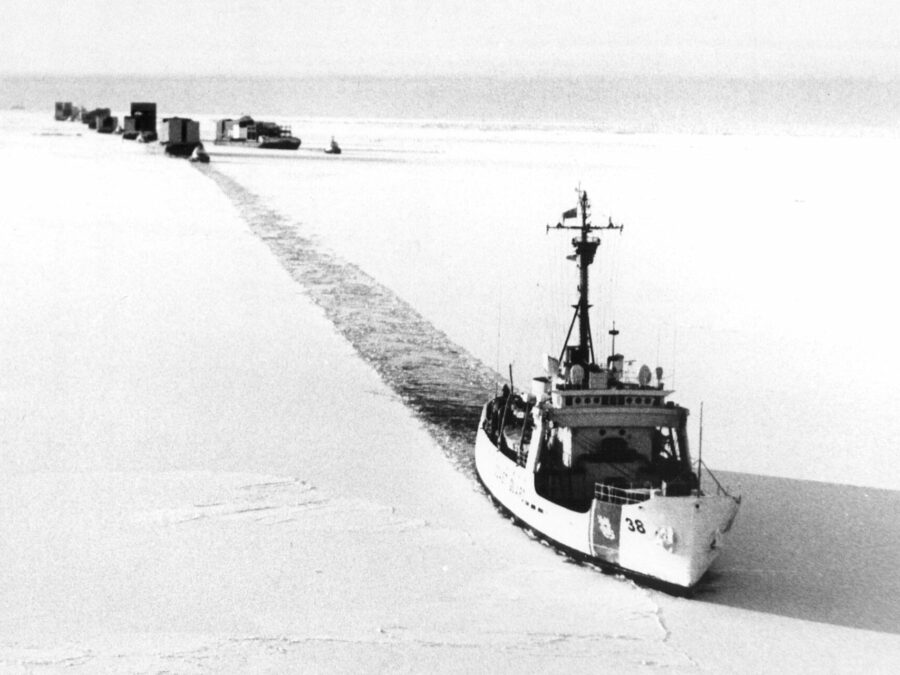
Nicknamed the “Galloping Ghost of the Alaskan Coast,” Coast Guard cutter Storis enjoyed one of the longest and most distinguished careers in service history. With a career of nearly 65 years, she set the record for length of service for a white hull cutter. During that career, she steamed 1.5 million miles that included the Great Lakes, North Atlantic, East Coast, Gulf of Mexico, Pacific, West Coast, Aleutians, Russian Far East, Gulf of Alaska, Bering Sea, Arctic Ocean and waters surrounding Greenland. She recorded many firsts and set records, including some that have endured to this day.
Storis was designed by the Coast Guard and built by Toledo [Ohio] Shipbuilding Company to be a supply ship with icebreaking capability for the waters around Greenland. Commissioned in September 1942, Storis was the only one of her class. Her 230-foot design was based on the smaller 180-foot buoy tenders built between 1942 and 1944. She was to be named Eskimo; however, during construction, the State Department requested another namesake concerned that native people of Greenland would find the original name offensive. The naming board selected the name “Storis,” a Scandinavian word for the kind of multi-year pack ice found in the waters of Greenland.
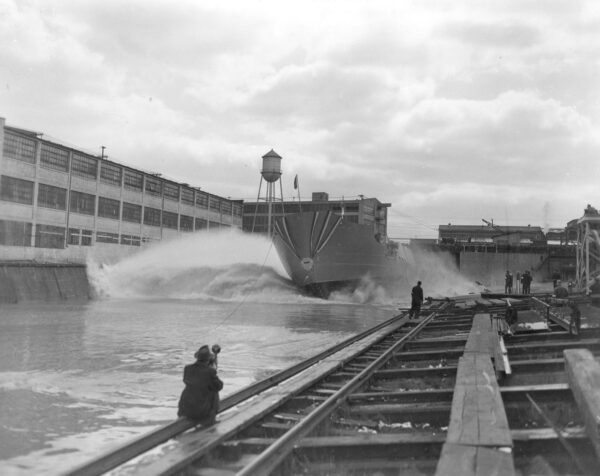
World War II
During the war, Storis was stationed at Boston and operated in the waters around Greenland. From late 1942 through May 1943, she conducted anti-submarine exercises in Casco Bay, Maine, before escorting a convoy to Argentia, Newfoundland, and on to Greenland. Through mid-June, Storis reported ice and weather conditions then joined a convoy returning to St. John’s, Newfoundland. During that convoy, in the early morning of June 13th, escorting cutter Escanaba suffered a catastrophic explosion and sank immediately. Storis screened CGC Raritan while she retrieved only three victims, only two of whom survived. In August, Storis escorted a convoy to Frobisher Bay in the Canadian Arctic and, in December, searched for survivors of the torpedoed Army transport Nevada. During most of 1944, the Storis broke ice in the Greenland fjords, transported supplies to coastal stations, searched for enemy vessels off northeast Greenland and performed escort duties in Greenland waters. This duty continued even after the cessation of hostilities in the European Theater of Operations.
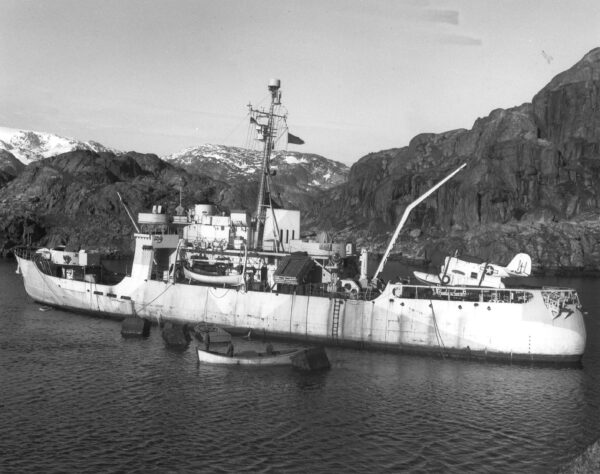
Postwar to 1957
From 1945 through 1947, Storis remained in Boston. In late 1947, the cutter moved to Curtis Bay, Maryland, to support military preparedness. In mid-September 1948, Storis transferred from Curtis Bay to Alaska, where she would remain the rest of her service career. Stationed at Juneau, Storis performed law enforcement and search and rescue missions from 1948 through 1957. Missions of note included the December 1954 rescue of survivors from a Coast Guard plane crash at Haines Harbor and deployment with the Navy for Arctic operations in the summer of 1955. In 1956, the crew fought a fire at a cold-storage plant in Juneau and later deployed again for joint Arctic operations with the Navy.
The Northwest Passage
On July 1, 1957, Storis departed Seattle in company with Coast Guard buoy tenders Bramble and Spar to search for a deep draft channel across the Arctic Ocean and collect hydrographic information. This historic transit ended a 450-year search for the Northwest Passage – a route for large ships across the top of North America. Upon her return to Greenland waters, Storis became the first U.S. vessel to circumnavigate the North American continent. After her return to the Pacific through the Panama Canal in late 1957, Storis was assigned to her new homeport at Kodiak, Alaska.
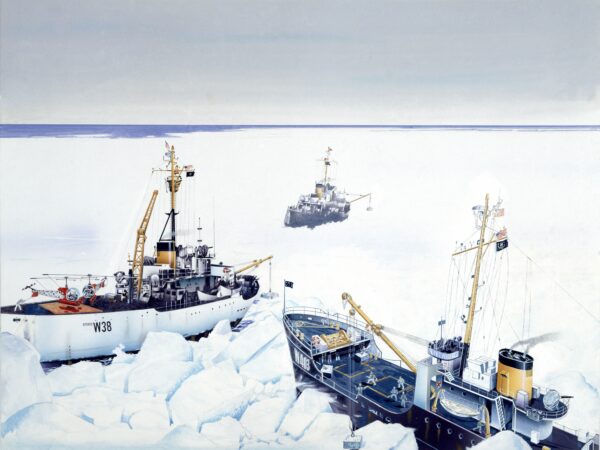
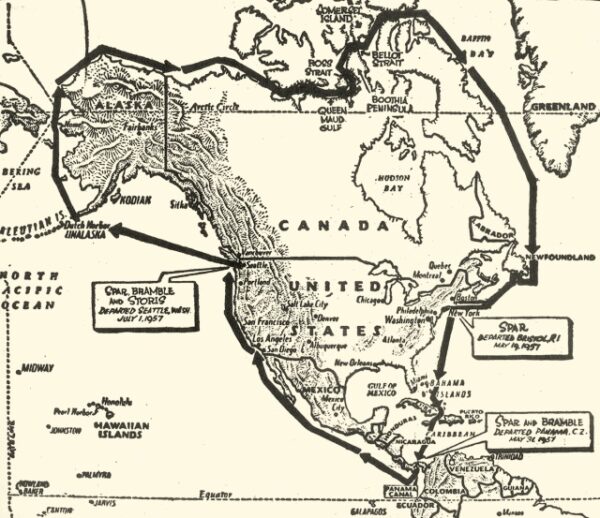
Later Career
Though still classified as a light icebreaker, Storis’ primary functions shifted to enforcing laws and treaties of domestic and foreign fisheries in the Bering Sea and Gulf of Alaska. In the summer of 1958, she assisted in the re-supply of the Cold War’s Distant Early Warning (DEW) Line of Arctic radar stations. In April 1959, the crew performed the medical evacuation of a seaman from the Soviet merchant vessel Piscavaya Industriya in the Aleutian Islands. Later in 1959, Storis conducted its final DEW Line re-supply mission before the Canadian government undertook the mission. And, following the historic earthquake on March 27, 1964, Storis broke ice to aid survivors at Cook Inlet.
In the late 1960s, Storis’ Alaskan Fisheries Patrol mission grew as fleets of Soviet and Japanese fishing vessels moved into Alaskan waters to harvest the abundant stocks of crabs and bottom fish. From January to February 1965, Storis searched unsuccessfully for three Russian trawlers reported missing near the Unimak Pass. In March 1965, Storis intercepted the Soviet fishing vessel Pavel Chebotnyagin while she was illegally crabbing in restricted waters off Alaska and escorted the offender to international waters. In 1967, a Soviet trawler was boarded and seized for fishing within one mile of shore. A $5,000 fine was levied against the ship’s master in federal court—the first Fisheries Patrol prosecution for a violation off Alaska. In subsequent years, the majority of Storis’ operations continued to focus on illegal fishing in Alaskan waters by Soviet and Japanese vessels. In January 1972, Storis discovered the Soviet supply ship Lamut and trawler Kolyvan engaged in fishing operations within U.S. territorial waters. After Storis crewmembers boarded the vessel, the Soviets attempted to escape into the ice. Storis seized the vessel and the ship’s master was prosecuted. A $150,000 fine was levied against the Soviets—the largest fine to date for illegal fishing in U.S. waters.
In late 1972, Storis underwent a major renovation which saw the elimination of her cargo hold and conversion from a light icebreaker (WAGL) to a medium endurance cutter (WMEC). The re-configuration also resulted in a crew reduction to 30 men. In 1975, Storis along with Coast Guard icebreaker Burton Island and icebreaking buoy tender Citrus assisted tugs and barges carrying supplies and equipment to Prudhoe Bay to build the Trans-Alaskan Pipeline. Storis underwent another major overhaul in 1986 that replaced her power plant and expanded her living quarters to include new berthing for women and a lounge for the crew.
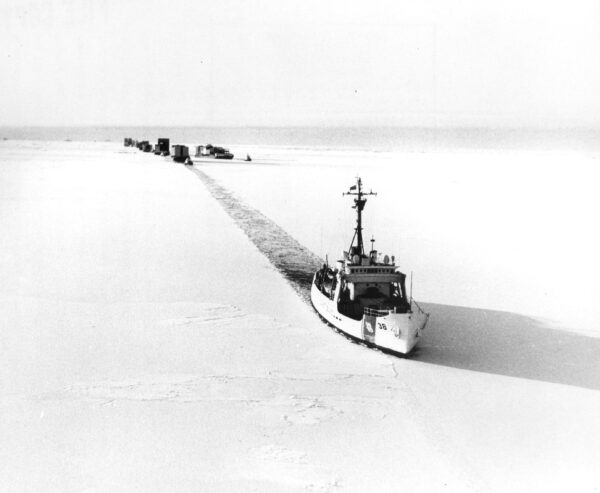
In the 1990s, Storis continued to record firsts and set records. In 1990, in a rescue made famous by television and film, she responded with a Coast Guard HH-3F Pelican helicopter to the sinking Alaskan Monarch, a fishing vessel trapped in ice on the rocks of St. Paul Island. In 1991, she received the mantle of oldest commissioned cutter in the fleet. Storis held the distinction of “Queen of the Fleet,” until 2007, proudly displaying her gold “38” hull numbers for 17 years. In the fall of 1992, Storis called at the Russian port of Petropavlovsk on the Kamchatka Peninsula. This was the first entry of a foreign military vessel into that port since the 1854 Crimean War, when British and French vessels attempted to seize it.
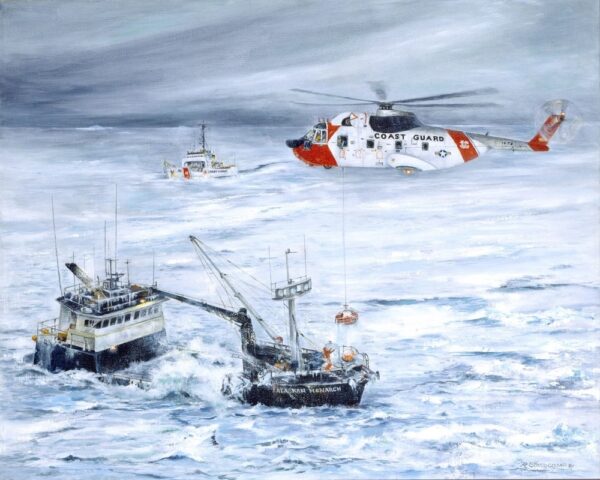
Decommissioning
Storis was decommissioned on Feb. 12, 2007. At that time, she had steamed longer and farther than any other Coast Guard cutter. The final record of the Storis’ remarkable career included 250 lives saved, 25 vessels saved, 7,500 vessels boarded, and 100,000 people assisted in remote areas.

National Coast Guard Museum insider tip: Visitors will have the opportunity to learn more about Coast Guard’s WW2 Greenland Patrol in Deck3’s Defenders of our Nation Wing, and the Storis’ Northwest Passage Expedition, including artifacts from the Storis itself, in Deck4’s Champions of Commerce Wing.
